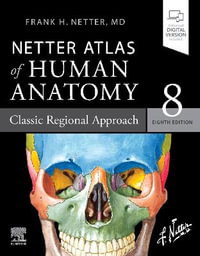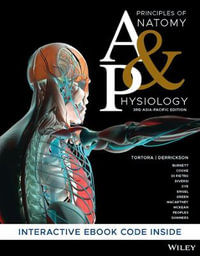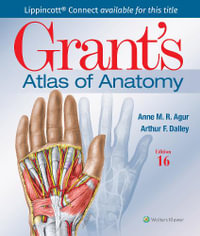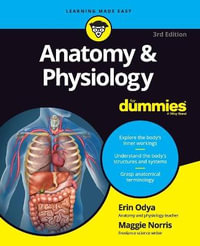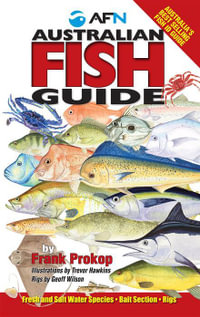
Design and Use of Relational Databases in Chemistry
By: TJ O'Donnell
Hardcover | 5 December 2008 | Edition Number 1
At a Glance
Hardcover
RRP $378.00
$324.75
14%OFF
Available for Backorder. We will order this from our supplier however there isn't a current ETA.
ISBN: 9781420064421
ISBN-10: 1420064428
Published: 5th December 2008
Format: Hardcover
Language: English
Number of Pages: 248
Audience: Professional and Scholarly
Publisher: Taylor & Francis Inc
Country of Publication: GB
Edition Number: 1
Dimensions (cm): 23.4 x 15.6
Weight (kg): 0.59
Shipping
| Standard Shipping | Express Shipping | |
|---|---|---|
| Metro postcodes: | $9.99 | $14.95 |
| Regional postcodes: | $9.99 | $14.95 |
| Rural postcodes: | $9.99 | $14.95 |
Orders over $79.00 qualify for free shipping.
How to return your order
At Booktopia, we offer hassle-free returns in accordance with our returns policy. If you wish to return an item, please get in touch with Booktopia Customer Care.
Additional postage charges may be applicable.
Defective items
If there is a problem with any of the items received for your order then the Booktopia Customer Care team is ready to assist you.
For more info please visit our Help Centre.
You Can Find This Book In
This product is categorised by
- Non-FictionScienceChemistryPhysical Chemistry
- Non-FictionComputing & I.T.DatabasesDatabase Design & TheoryRelational Databases
- Non-FictionEngineering & TechnologyBiochemical EngineeringBiotechnology
- Non-FictionMedicineNursing & Ancillary ServicesPharmacy & Dispensing
- Non-FictionEngineering & TechnologyIndustrial Chemistry & Manufacturing TechnologiesIndustrial ChemistryPharmaceutical Technology
- Non-FictionScienceBiology, Life SciencesLife Sciences in General
- Non-FictionMedicineMedicine in GeneralMedical Equipment & TechniquesMedical Research
- Booktopia Publisher ServicesTaylor & Francis







